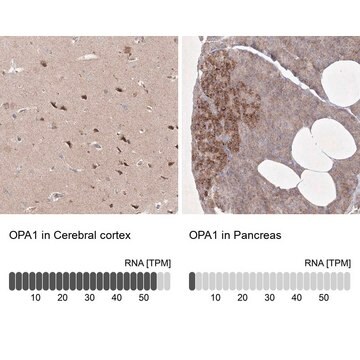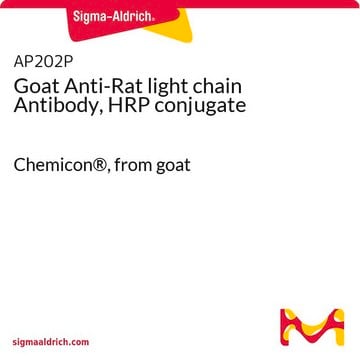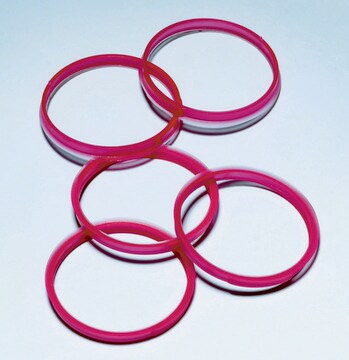MABN737
Anti-OPA1, clone 1OPA-1A8 Antibody
ascites fluid, clone 10PA-1A8, from mouse
Synonim(y):
Dynamin-like 120 kDa protein, mitochondrial, Large GTP-binding protein, LargeG, Optic atrophy protein 1 homolog, Dynamin-like 120 kDa protein, form S1
About This Item
Polecane produkty
pochodzenie biologiczne
mouse
Poziom jakości
forma przeciwciała
ascites fluid
rodzaj przeciwciała
primary antibodies
klon
10PA-1A8, monoclonal
reaktywność gatunkowa
mouse, rat, human
metody
immunocytochemistry: suitable
immunoprecipitation (IP): suitable
western blot: suitable
izotyp
IgG1κ
numer dostępu NCBI
numer dostępu UniProt
Warunki transportu
wet ice
docelowa modyfikacja potranslacyjna
unmodified
informacje o genach
human ... OPA1(4976)
Opis ogólny
Specyficzność
Immunogen
Zastosowanie
Immunoprecipitation Analysis: A representative lot from an independent laboratory immunoprecipitated OPA1 from mouse brain tissue lysate (Akepati, V. R., et al. (2008). J Neurochem. 106(1):372-383.).
Neuroscience
Neurodegenerative Diseases
Jakość
Western Blotting Analysis: A 1:1,000 dilution of this antibody detected OPA1 in 10 µg of human brain tissue lysate.
Opis wartości docelowych
Postać fizyczna
Przechowywanie i stabilność
Handling Recommendations: Upon receipt and prior to removing the cap, centrifuge the vial and gently mix the solution. Aliquot into microcentrifuge tubes and store at -20°C. Avoid repeated freeze/thaw cycles, which may damage IgG and affect product performance.
Oświadczenie o zrzeczeniu się odpowiedzialności
Not finding the right product?
Try our Narzędzie selektora produktów.
Kod klasy składowania
12 - Non Combustible Liquids
Klasa zagrożenia wodnego (WGK)
nwg
Temperatura zapłonu (°F)
Not applicable
Temperatura zapłonu (°C)
Not applicable
Certyfikaty analizy (CoA)
Poszukaj Certyfikaty analizy (CoA), wpisując numer partii/serii produktów. Numery serii i partii można znaleźć na etykiecie produktu po słowach „seria” lub „partia”.
Masz już ten produkt?
Dokumenty związane z niedawno zakupionymi produktami zostały zamieszczone w Bibliotece dokumentów.
Nasz zespół naukowców ma doświadczenie we wszystkich obszarach badań, w tym w naukach przyrodniczych, materiałoznawstwie, syntezie chemicznej, chromatografii, analityce i wielu innych dziedzinach.
Skontaktuj się z zespołem ds. pomocy technicznej








